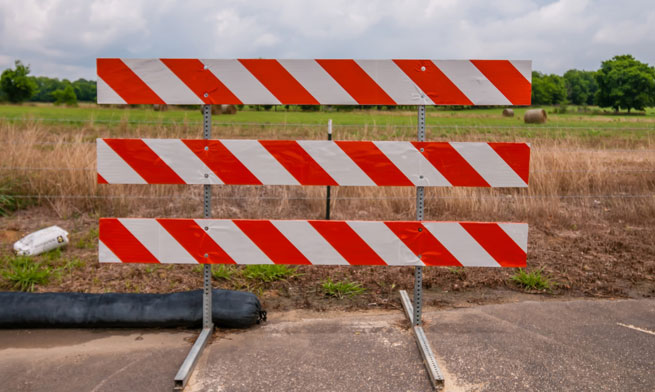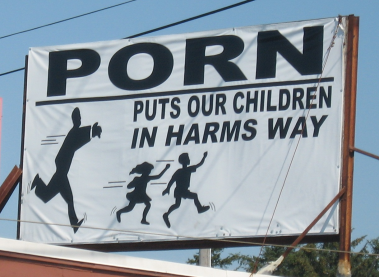 Is this the end of the road for some porn sites?
Is this the end of the road for some porn sites?
The British government has already won the power to record everything we access on the internet. Now it wants to have a say over what we are and aren’t allowed to look at online.
The Digital Economy Bill currently moving through Parliament will require commercial pornographic websites (including advertising-supported “free” sites) to check the age of users, effectively creating a pornography register. This issue isn’t new: the recently passed Investigatory Powers Bill already means it will soon be impossible to visit a porn site (or any website) without someone having a record of it.
But the latest bill raises another issue because it would also ban online access to imagery of many forms of “unconventional” sexual activity. It threatens not only our right to privacy but also our right to view legal and consensual but less mainstream sexual acts. And the test for what acts we would be allowed to watch would be based on a law dating back to 1959.
The aim of the bill is ostensibly to prevent children from accessing pornography. Age verification may be defendable if it could be done without submitting sensitive information. But it seems likely that it will involve registering a credit card with pornography platforms, increasing the number of sources holding information about our online viewing habits. This would create another point of weakness that could easily be exploited by hackers to capture credit card details or to blackmail those registered to porn platforms.
What’s unconventional?
The bill would also give the power to decide what pornographic we can and can’t watch to the notoriously straight laced British Board of Film Classification (BBFC). This body, which sets the age certificates for films, would be able to investigate, fine – up to £250,000 or 5% of turnover – and potentially block websites that allow access to images and videos deemed obscene. This would have the effect of preventing adults from viewing sexual acts that are otherwise legal to engage in.
The BBFC’s current pornographic R18 category is reserved for explicit works that contain consensual sex or more extreme fetish material involving adults. This sounds broad but the body’s list of unacceptable content includes material where adults role-play as non-adults, acts that could cause pain whether real or simulated, and strong verbal abuse, even if consensual.
The most consternation comes from the fact that the BBFC’s decisions are based in part on what is judged obscene under the Obscene Publications Act 1959. This act is well-recognised as out-of-date and difficult to interpret. Prosecutions under the act have demonstrated that the public conception of what amounts to obscene behaviour is notoriously difficult to pin down. When the Crown Prosecution Service confidently prosecuted Michael Peacock in 2012 for producing DVDs featuring urination, fisting and sadomasochism, the jury found him not guilty – effectively finding that these acts were not obscene.
Yet the CPS list of acts that may be suitable for prosecution still include sadomasochistic material which results in more than minor injury, bondage, perversion or degradation (including drinking urine and coprophilia) and fisting. For prosecutions under the Obscene Publications Act it would be for a jury to use their own common sense to determine whether the materials were obscene. Yet now it seems this guidance will be used to decide what pornographic materials would be accessible in the first place.
Unless they cause actual bodily harm, sexual acts such as fisting, bondage or other forms of “perversion” are perfectly legal for consensual adults to engage in. So why should we be prevented from viewing them performed by other people in the privacy of our own homes? Why should the moral judgements of the BBFC based on a law from the 1950s echo across the internet?
Article 10 of the Human Rights Act guarantees the right of freedom of expression and any interference with it must be justified and proportionate. The government believes the overarching aim of protecting children from viewing these materials can be used to defend age verification. But it won’t prevent web-savvy teenagers from accessing pornographic material. And it cannot justify preventing adults from watching less mainstream forms of porn.
This bill has been poorly thought out and intrudes too far on the rights of adults to consume images of perfectly legal sexual acts. Couching it in the rhetoric of child protection may give it social credence but this is yet another step too far in monitoring our online life.![]()
This article was originally published on The Conversation. Read the original article.

Rate and Review
Rate this article
Review this article
Log into OpenLearn to leave reviews and join in the conversation.
Article reviews